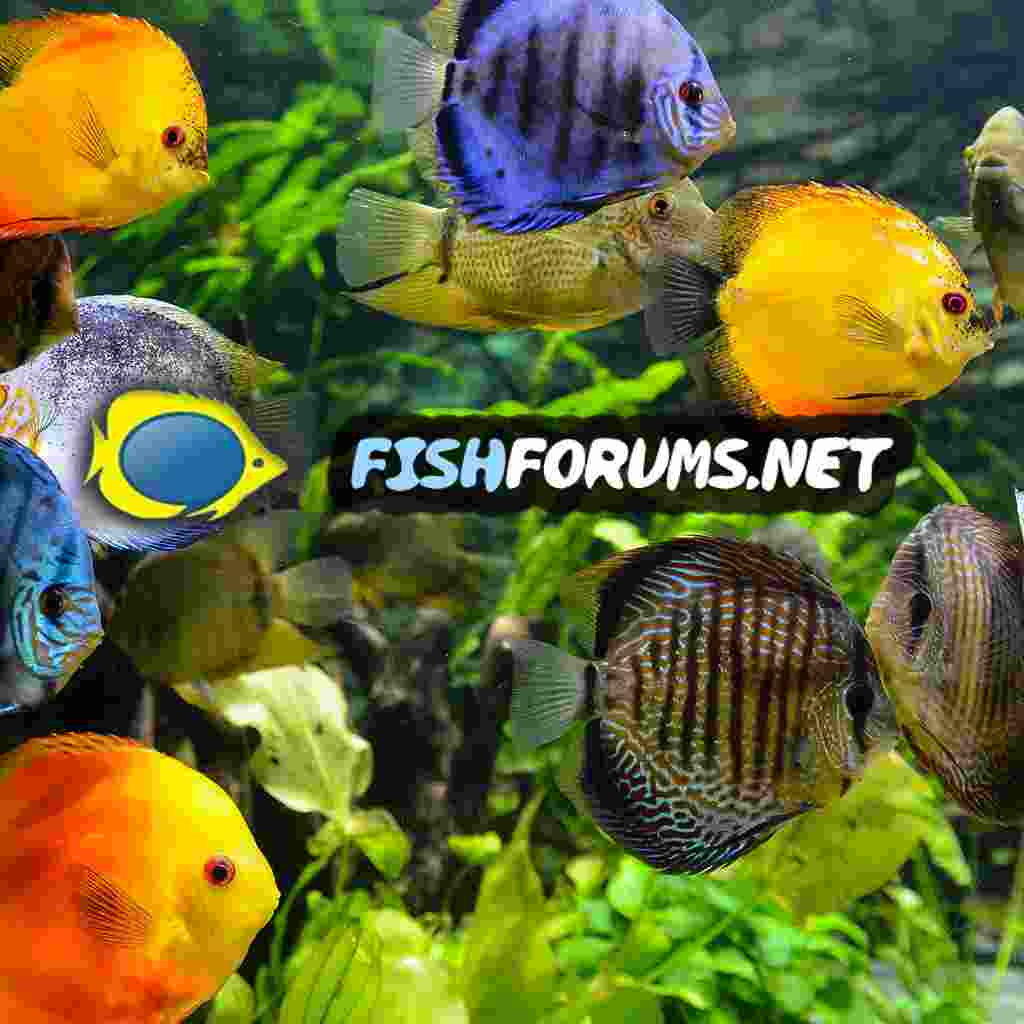Since we have some scientists here, and not a lot of active members that know much about disease, I'd certainly welcome learning more, and having more scientifically backed suggestions when people come here because they are facing illness or disease with their fish.
@MuddyWaters , you linked this article in a different thread;
 aquariumscience.org
aquariumscience.org
I don't know the site, so don't know how reliable it may or may not be.
But I found it interesting, especially the other potential causes of stringy white poop, rather than it perhaps always being an indication of worms, as in the pinned emergency section thread.
My only personal experience was with trying to deal with camallanus worms in my tanks, and was told how common it is for livebearers especially, mass farmed abroad and shipped to store tanks, to come pre-loaded with flatworms, roundworms, or both. My personal anecdotal experience has found that to be true, and I needed to use two types of wormer in order to eradicate the issue.
But is it true that livebearers from stores especially tend to be infested with worms, or is that something anecdotal I've heard, but isn't proven?
On the other hand, I don't like adding medications or chemicals, especially with the amount of snake oil products available in the hobby, to tanks unless absolutely necessary.
What do people think? Any arguments or experience for or against the points made in the article?
My main worry if I were to follow the advice in the article is getting the dosage right, considering it will be different in every tank, depending on number of fish, if they even eat the food, and whether any specific fish will get enough, or too much of the medications.
The article also says that fish don't drink the water, so medicating the tank water (as I've done with eSHa-GDEX and eSHa NDX to get rid of both round and flatworms, and appeared to work) doesn't work and only makes money for the product manufacturers, however fish do breathe in the water, so I imagine they ingest the medication added to a tank that way?
Tagging some people who I think might find it interesting, those of a scientific mindset or background, or might have thoughts on the topic, or other research they've read, but no pressure to respond if it's not something that interests any of you that I've tagged!
@Byron @GaryE @Colin_T @Essjay @Naughts @Beastije @Seisage @emeraldking @Wills @TwoTankAmin @anewbie @Uberhoust @DoubleDutch @gwand @seangee @Ichthys
@MuddyWaters , you linked this article in a different thread;
11.2. White Poop
 aquariumscience.org
aquariumscience.org
I don't know the site, so don't know how reliable it may or may not be.
But I found it interesting, especially the other potential causes of stringy white poop, rather than it perhaps always being an indication of worms, as in the pinned emergency section thread.
My only personal experience was with trying to deal with camallanus worms in my tanks, and was told how common it is for livebearers especially, mass farmed abroad and shipped to store tanks, to come pre-loaded with flatworms, roundworms, or both. My personal anecdotal experience has found that to be true, and I needed to use two types of wormer in order to eradicate the issue.
But is it true that livebearers from stores especially tend to be infested with worms, or is that something anecdotal I've heard, but isn't proven?
On the other hand, I don't like adding medications or chemicals, especially with the amount of snake oil products available in the hobby, to tanks unless absolutely necessary.
What do people think? Any arguments or experience for or against the points made in the article?
My main worry if I were to follow the advice in the article is getting the dosage right, considering it will be different in every tank, depending on number of fish, if they even eat the food, and whether any specific fish will get enough, or too much of the medications.
The article also says that fish don't drink the water, so medicating the tank water (as I've done with eSHa-GDEX and eSHa NDX to get rid of both round and flatworms, and appeared to work) doesn't work and only makes money for the product manufacturers, however fish do breathe in the water, so I imagine they ingest the medication added to a tank that way?
Tagging some people who I think might find it interesting, those of a scientific mindset or background, or might have thoughts on the topic, or other research they've read, but no pressure to respond if it's not something that interests any of you that I've tagged!
@Byron @GaryE @Colin_T @Essjay @Naughts @Beastije @Seisage @emeraldking @Wills @TwoTankAmin @anewbie @Uberhoust @DoubleDutch @gwand @seangee @Ichthys




 I hadn't even heard of capillaria before.
I hadn't even heard of capillaria before.